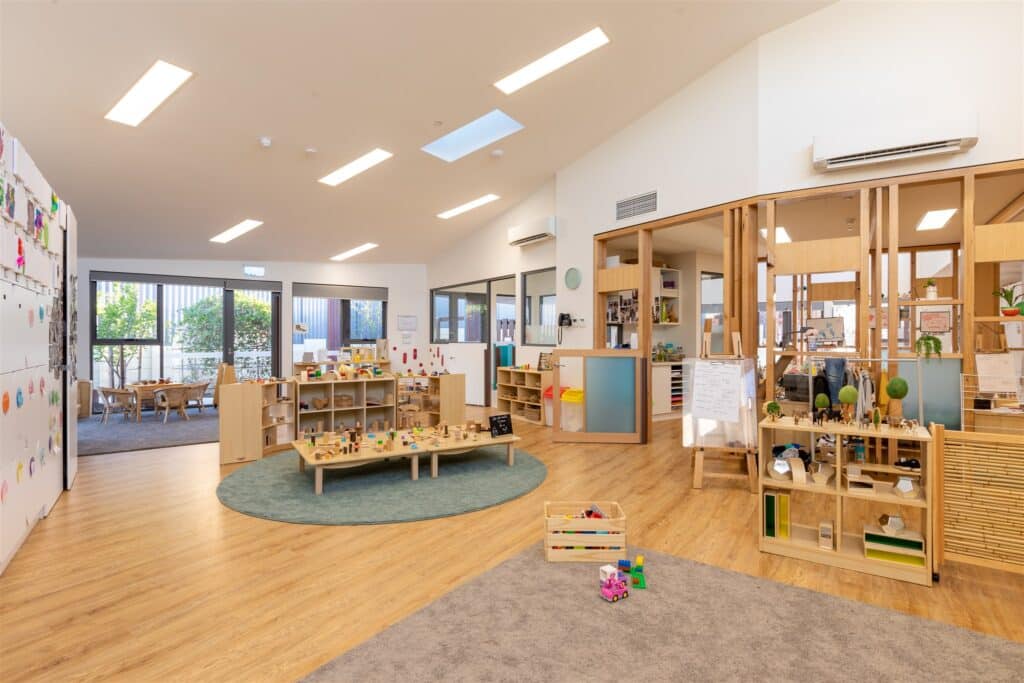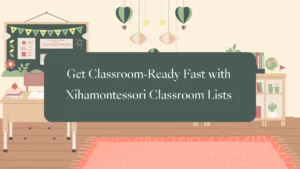As a professional in the field of early childhood education, you understand the importance of creating a high-quality learning environment for young children. But what exactly does a high-quality classroom look like? And how can you create one in your own preschool setting?
What is a quality preschool classroom and why it matters
A high-quality preschool classroom is a learning environment that is designed to promote growth, development, and learning in young children. It is a space that is thoughtfully planned and carefully equipped to meet the developmental needs of young children.
There are several key features that make a high-quality preschool classroom. First, it should be a safe and secure environment that is free from hazards and dangers. This includes everything from sharp corners on furniture to potentially harmful chemicals in cleaning products.
In addition to safety, a high-quality preschool classroom should be designed to support learning and development. This includes a variety of age-appropriate materials and activities that encourage exploration, creativity, and problem-solving. For example, the classroom may include a wide range of books, toys, and manipulatives that are designed to promote fine motor skills, language development, and early literacy.
Another important aspect of a high-quality preschool classroom is the presence of caring and knowledgeable teachers who are trained in early childhood education. These teachers should have a deep understanding of child development and be skilled in creating an environment that is both engaging and challenging for young children.
The benefits of a high-quality preschool classroom are many. Research has shown that young children who attend high-quality preschool programs are more likely to perform well in school and are less likely to need special education services later on. They are also more likely to graduate from high school and attend college.
In addition, a high-quality preschool classroom can provide children with a strong foundation for lifelong learning and success. By promoting social-emotional development, cognitive development, and language development, these classrooms can help children build the skills and knowledge they need to thrive in school and beyond.

The importance of safety and security in kindergarten classrooms and how to choose furniture and materials.
Ensuring safety and security in kindergarten classrooms is of utmost importance. From selecting furniture and materials to establishing safety protocols, every aspect of classroom design and management must be carefully considered to protect young children from harm.
When it comes to choosing furniture and materials, safety should be the top priority. Furniture should be sturdy, stable, and free from sharp edges or corners. It should also be age-appropriate and scaled to fit the size and needs of young children. Materials used in the classroom, such as toys and art supplies, should be non-toxic and free from choking hazards.
In addition to selecting safe furniture and materials, it’s important to establish safety protocols and procedures. This includes developing emergency plans, ensuring proper supervision, and regularly inspecting equipment and supplies for any signs of wear or damage.
By prioritizing safety and security in kindergarten classrooms, we can create a nurturing and protective environment that allows young children to learn, play, and grow with confidence and peace of mind.
The role of games in learning
Play is a fundamental aspect of early childhood development and learning. It is through play that children explore, experiment, and make sense of the world around them. In fact, research has shown that play-based learning not only enhances cognitive development but also contributes to social-emotional development and the acquisition of essential life skills.
As educators, it is crucial to recognize the importance of play in learning and create opportunities for game-based learning in the classroom
Here are some ways to create game-based learning opportunities in the classroom:
- Use educational games and apps: Incorporate educational games and apps into the curriculum to reinforce key concepts and skills. There are many educational games and apps available online that can be used to support learning across various subjects.
- Turn lessons into games: Turn lessons into games or challenges that encourage children to participate actively and engage with the material. For example, turning a math lesson into a scavenger hunt or a science lesson into a puzzle-solving challenge.
- Provide open-ended play opportunities: Provide open-ended play opportunities, such as building blocks, dramatic play, or art activities, that allow children to explore their creativity and imagination while also developing essential skills.
- Incorporate movement and physical activity: Incorporate movement and physical activity into games and learning activities to promote gross motor development and provide an opportunity for children to release energy and reduce stress.
- Encourage collaboration: Encourage collaboration and teamwork by incorporating group games and activities that promote social interaction and cooperation.
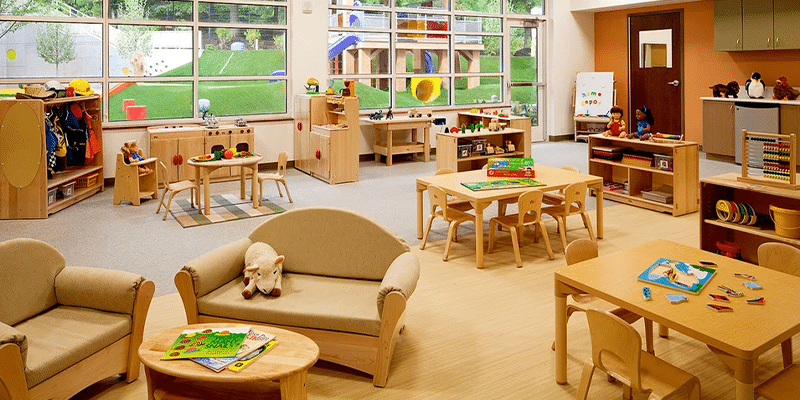
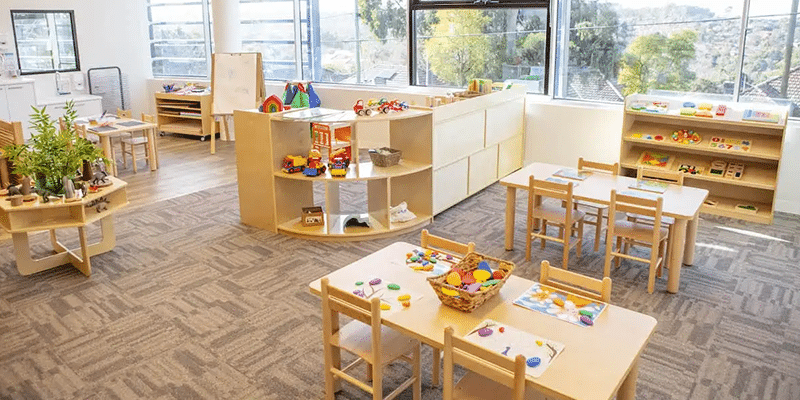
Share ideas for building strong relationships with families and communities
Family and community engagement is critical to children’s academic success and overall well-being. When families and communities are involved in children’s education, children have better attendance, higher grades, and are more likely to graduate from high school and pursue post-secondary education.
One idea for building relationships between families and schools is to involve families in the decision-making process. This can be achieved through parent-teacher conferences, school committees, and regular communication between families and teachers. By involving families in decision-making, they feel more invested in their children’s education and are more likely to support their children’s learning at home.
Community partnerships are also an important aspect of building strong relationships between families and schools. Collaborating with local businesses, organizations, and community groups can provide resources and opportunities for children and families. For example, a local library could offer after-school tutoring or a community organization could provide mentorship programs for students.
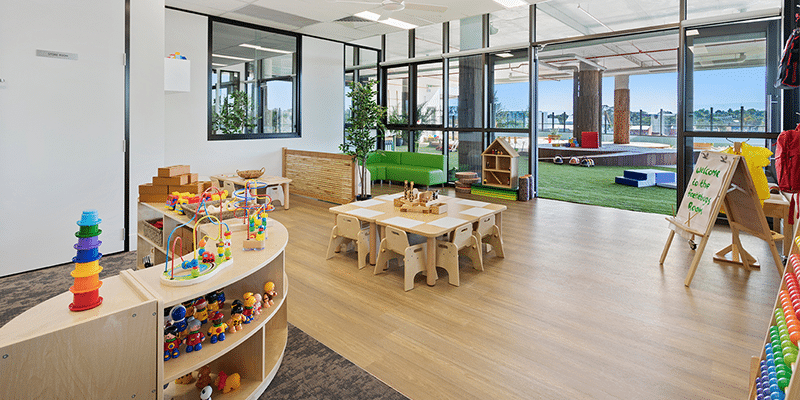
By focusing on these key elements, you can create a high-quality classroom for preschoolers that is engaging, stimulating, and conducive to learning. With a little creativity and intentionality, you can transform your preschool classroom into a space that inspires curiosity, exploration, and growth in your young learners.

